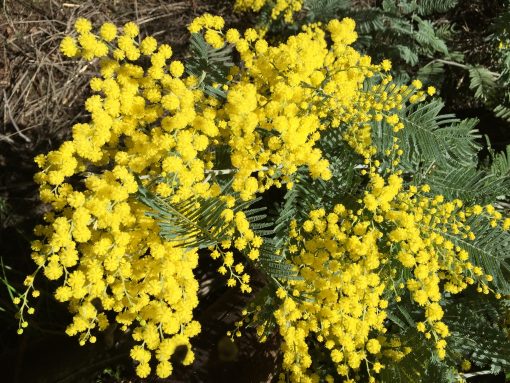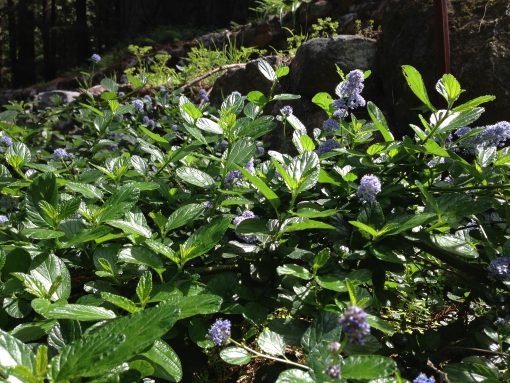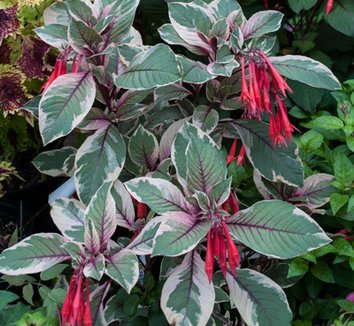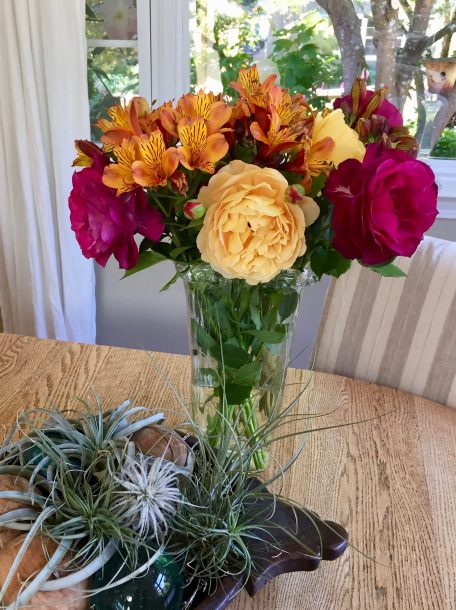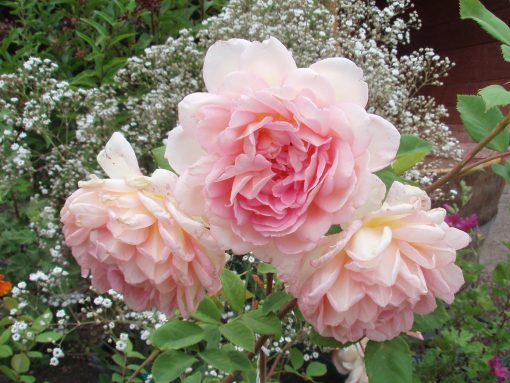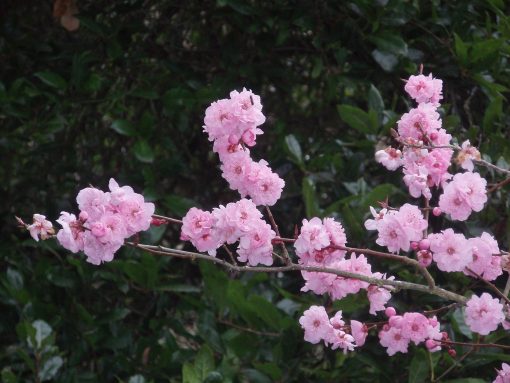
Seems like overnight the flowering plums are in full bloom. Even though we had a stretch of warm weather and many think it was a false spring, this is about the same time as usual for their bloom The saucer magnolias (magnolia soulangeana) have been flowering for a couple weeks, too. What’s not to love about this time of year in our area? What else can you plant that is sure to bring spring fever to your garden?

I don’t have a variegated winter daphne anymore but this is one great shrub for under natives oaks as they don’t require much summer water.There’s something special about a plant that will bloom in late winter, hold up to rain and scent the garden all at the same time. With beautiful rosy-pink flower clusters and attractive yellow-margined variegated foliage, winter daphne make a great foundation plant for dappled shade gardens. They are deer resistant and have low water requirements. These gorgeous little shrubs get a bad name for being finicky to grow. Less is more when it comes to their care. They thrive in partial shade in humus-rich soil with good drainage. Don’t keep them soggy during the summer or they succumb to crown and root rot. They don’t transplant well but are quite deer resistant. Daphne are not long lived, usually lasting for 8-10 years but what a life they live.
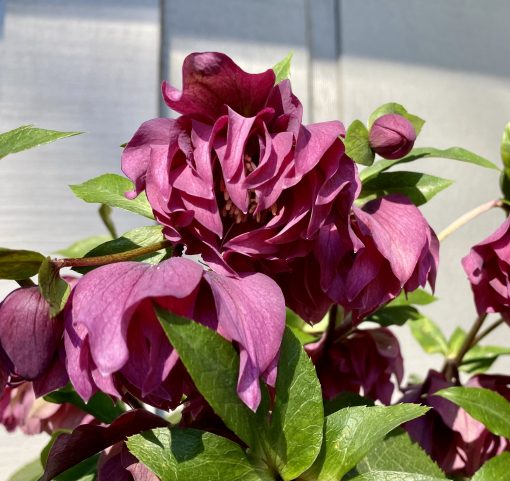
Here in my own garden the hellebore flowers are holding up well. One of my favorites is called Cinnamon Snow but I have a couple that bloom with spectacular double flowers and they are beautiful also. All of the varieties of this buttercup relative accept wind, rain, cold and less than perfect soil while getting by with only moderate watering in the shady summer garden. Deer aren’t attracted to them either.

Another tough plant that can take weather extremes is the Lily-of-the-Valley shrub (Pieris japonica). There are many varieties of this winter bloomer. Some have pure white flowers, other sport various shades of pink or dark rose. Mine is the smaller variegated foliage model with dainty, drooping clusters of pure white flowers in early spring. Right now it is covered with flower buds so dense that you’d think it was already blooming. The new growth in the spring has a beautiful pink tint. This shrub will hold up to the wildest weather. Another plus for the Lily-of-the-Valley shrub is that is useful for fire-scaping in the landscape and it isn’t on the menu for deer either.
A favorite of birds and indoor floral arrangers is the evergreen mahonia. Plant a mahonia if you want to attract winter hummingbirds. They are blooming now with bright yellow flower clusters that will last for months. Each flower will set a purple berry looking like a cluster of grapes. The edible berries make good jelly, too. There are 70 varieties of mahonia including our own native Oregon Grape which grows in the understory of Douglas fir forests. Mahonia aquifolium is resistant to summer drought, tolerates poor soil and doesn’t create a lot of leaf litter.
I’m a push over when it comes to striking foliage plants. I find them every bit as vibrant as flowers. Bright flowers may be the frosting on the landscape but brilliant foliage is the cake. Here is one of my favorites that will add color to your garden this month:
Leucadendron Jester, a sport of Safari Shine is a drought tolerant shrub that’s especially showy this time of year when the flowering bracts turn deep red. Growth is slow and compact to maybe 3-4 feet. It looks like a striped carnival has hit town with its broadly edged creamy white to buff yellow leaves that take on coral pink tints in cold weather, especially towards the tips. It’s hardy to 20 degrees.
Other winter blooming plants include abutilon, euryops, witch hazel, edgeworthia, michelia, loropetalum and grevillea.

